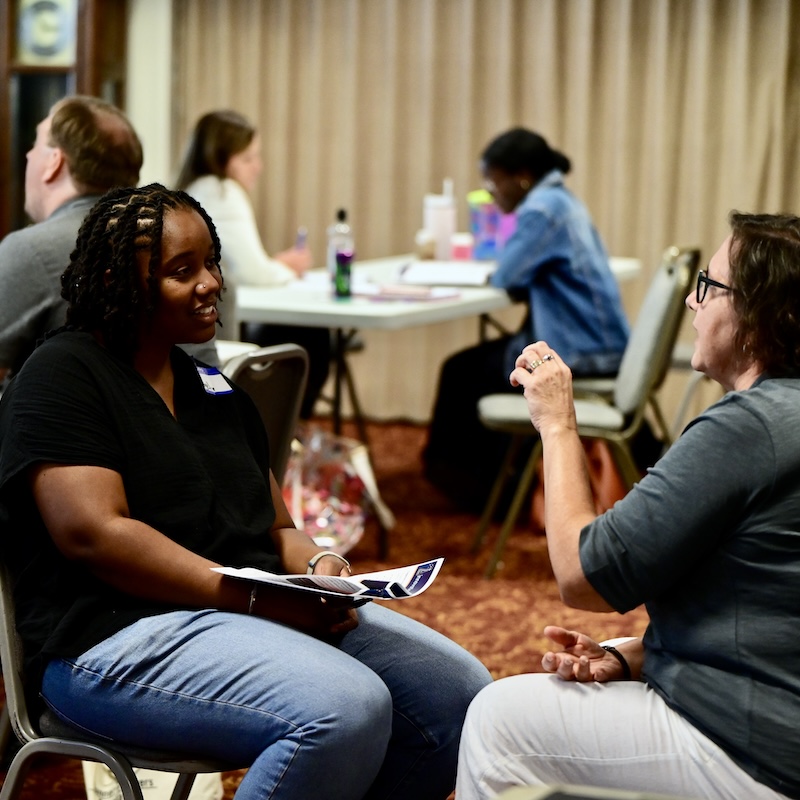
by Meghan Hatcher
I’m currently a member of the healthiest church I’ve ever attended or served as a staff member, and we haven’t had a senior pastor since January 2023. So naturally, as a former pastor myself, I’ve been racking my brain as to how this is all transpiring.
Every Sunday during the worship service I marvel at the dance taking place before me and I realized something important in recent weeks: We’re all dancing together, to the same song.
That’s not to say there haven’t been stumbles, nor that we’re all dancing the same steps, but this community is moving forward when all signs indicate that the music should have been cut months (maybe years?) ago. So how is it happening?
As a congregational church, we’ve been navigating the wilderness of a pastoral transition for the last eight months. But no one is standing in the back, hoping they won’t be asked to dance. In a culture like that, church members are being asked to preach, plan worship services, read liturgy, preside at the Communion table, lead discipleship classes, volunteer for pastoral care coverage, and plan community events, all according to our gifts. And people are saying ‘yes!’ In other words, we’re bought into the sacredness of our church community and we’re willing to do what needs doing.*
One of our Innovation Lab coaches once shared that, when launching an innovative ministry, he sees the need for two types of buy-in: active and passive. To expand on those concepts, active buy-in is more than a casual show of support. It goes beyond someone simply saying, “oh, that’s a great idea!” when you tell them about a new ministry idea or volunteer opportunity.
Active buy-in requires the person to put some of their own resources into the ministry. This could mean actively volunteering their time, assets, and energy, or encouraging others to get involved. We all know that without active buy-in, a ministry won’t last for long.
A ministry also requires passive buy-in, but it’s not nearly as important as active. Passive buy-in results from people knowing about a ministry and offering support, rather than skepticism or critique. This kind of buy-in might lead someone to recommend or ask about the ministry if it comes up in conversation with others.
In every church there are countless people who can offer active and/or passive buy-in. Even in this post-pandemic season, getting their buy-in starts with making an intentional ask. The tricky part for us as leaders is knowing who’s who and how to get people engaged in the dance of our church’s ministry in a meaningful way.
*I don’t take for granted that this isn’t the reality at every church in this season as volunteer numbers continue to lag behind pre-pandemic levels.
Meghan is the director of the Innovation Laboratory at CYMT. She holds degrees in journalism; sustainable development and applied sociology; and a Master of Divinity. Meghan has served diverse faith communities through pastoral leadership, youth ministry, new church development, community engagement, and ministry innovation.


